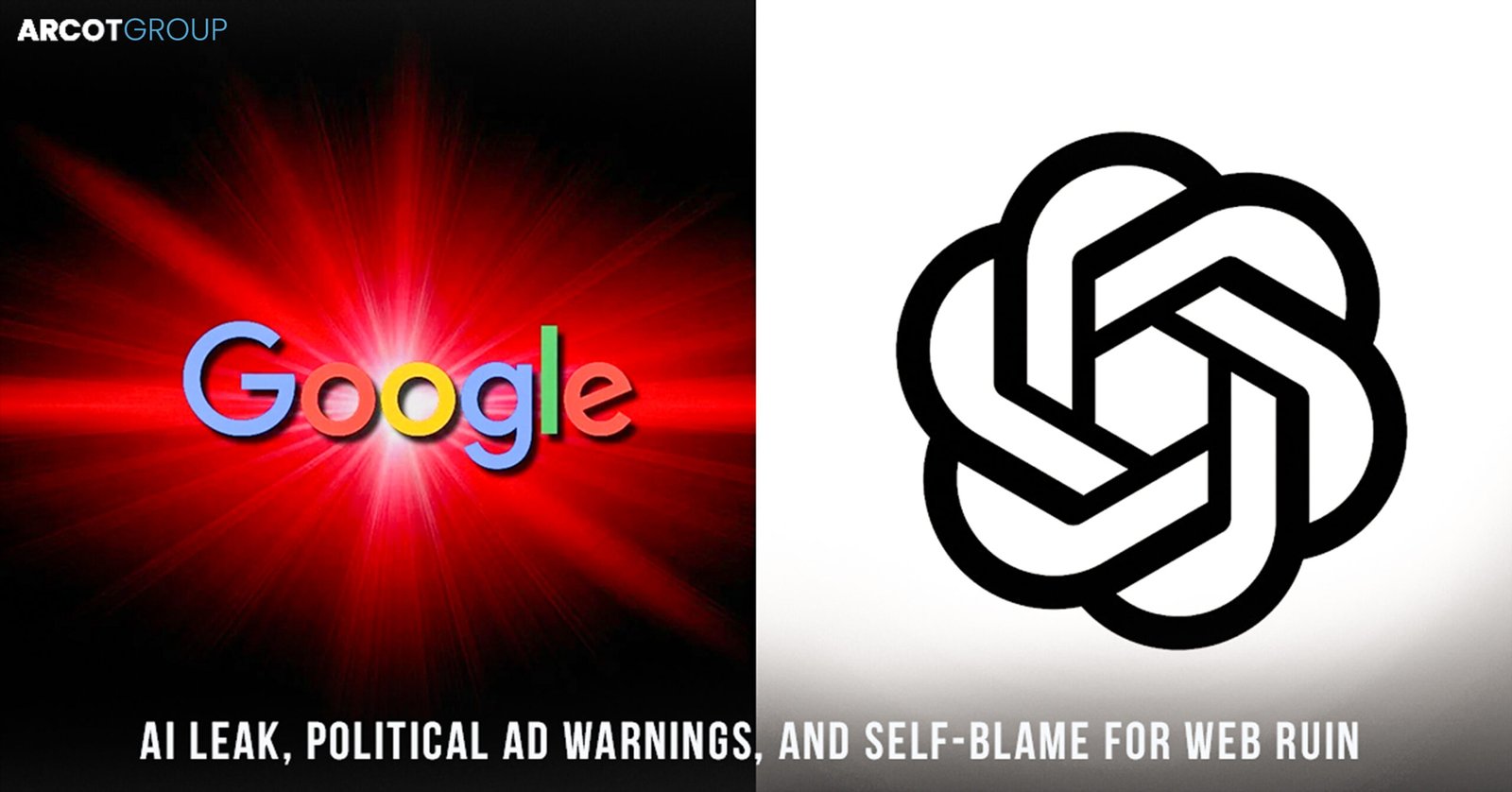Introduction
The introduction sets the stage by emphasizing the centrality of trust in the rapidly evolving Tech Trends of 2024. You convey how this guide will delve into the interconnectedness of trust and technology, highlighting how trust acts as the foundation for embracing and leveraging emerging trends.
Navigating the Tech Trends of 2024
This section delves into the prominent technology trends of 2024 and how trust is interwoven with each of them:
1. Ethical AI and Algorithm Transparency:
Here, you elaborate on how trust in AI is inseparable from transparency. You explain how ethical AI practices, including understandable and accountable algorithms, are vital for building trust among users who want to comprehend and trust the decisions made by AI systems.
2. Data Privacy and Security:
In this part, you explore the increasing significance of data privacy and security. You detail how tech trends in 2024 will emphasize the need for robust data protection mechanisms, ensuring individuals have control over their personal data, and how this fosters trust among users.
3. Human-Centered Design:
This section delves into the concept of human-centered design. You explain how user-centric technology is crucial for building trust, as user-friendly, inclusive, and accessible designs resonate with users and mitigate the fear of complex tech systems.
4. Sustainable Tech Solutions:
Here, you elaborate on the intersection of sustainability and trust in technology. You discuss how eco-conscious solutions build trust among users who prioritize ethical consumption and resonate with the notion that technology can coexist harmoniously with the environment.
5. Blockchain for Transparency:
This part explores the transformative potential of blockchain technology. You detail how blockchain’s tamper-proof nature enhances transparency, reinforcing trust in transactions, particularly in sectors where transparency is paramount, such as finance and supply chain management.
6. Digital Well-Being Focus:
You dive into the significance of technology’s impact on mental health. You discuss how tech trends in 2024 will prioritize digital well-being features, addressing the potential negative effects of excessive technology usage and thereby building trust by caring for users’ holistic well-being.
The Nexus Between Trust and Technological Innovation
This section delves into the symbiotic relationship between trust and innovation:
1. Fostering User Adoption:
Here, you elaborate on how trust drives user adoption. You discuss how user confidence in transparent practices and data privacy measures fuels their willingness to adopt and engage with technology, contributing to its successful integration.
2. Navigating Ethical Challenges:
This part delves into the ethical dimension of technology trends. You discuss how grounded ethical considerations ensure that tech innovations garner societal approval, avoid controversies, and build trust by adhering to responsible practices.
3. Enabling Collaboration:
You emphasize how trust facilitates cross-sector collaboration. By adopting shared tech standards and ethical practices, industries collaborate, accelerating innovation, and ensuring widespread adoption of technology trends.
4. Driving Regulatory Compliance:
This section highlights the interconnectedness of trust and regulatory compliance. You discuss how adhering to data protection regulations and ethical guidelines builds user trust, minimizes legal risks, and strengthens the foundation of technology adoption.
Cultivating Trust in Tech: A Shared Responsibility
This section outlines practical steps to cultivate trust in technology:
1. Transparency and Communication:
You delve into the significance of transparent communication. Tech companies must communicate data usage and AI processes clearly, empowering users with knowledge and fostering trust through understanding.
2. Regulatory Alignment:
Here, you emphasize the role of regulators in building trust. By creating and enforcing data protection laws and ethical standards, regulators ensure that technology adheres to responsible and accountable practices, enhancing user trust.
3. User Education:
You discuss the importance of educating users about tech trends. Informed users are more likely to engage confidently with technology, and education empowers them to make informed decisions about technology adoption.
4. Ethical Consideration:
This part stresses the ethical imperative in technology creation. By considering ethics from AI design to sustainable practices, tech creators enhance the reputation and societal impact of technology.
Conclusion: Trust as the Tech Enabler
As 2024 unfolds, technology trends underscore the paramount importance of trust. Trust not only underpins user adoption and regulatory compliance but also amplifies innovation and societal progress. The fusion of technology and trust empowers a future where technology is embraced with confidence, paving the way for a world where innovation thrives and users feel secure.




